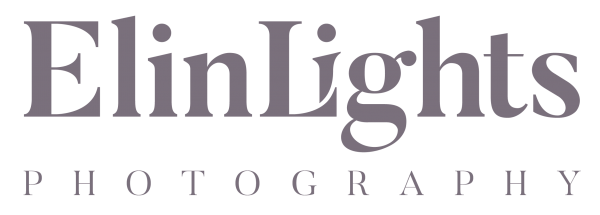The internet loves puppies. They have their own youtube channels and Instagram accounts. Everyone agrees with them, because they are cute and non-political. In fact, the pictures of my husband’s Jack Russell Terrier are always the most popular ones on my personal Instagram. In this post I want to share a few of my tips for better photos of your dog.
Why you should take photos of your dog? Well, first and most obviously: They are cute and therefore always make a suitable subject for a photo. Second, they are part of our family. We love them and care for them, they deserve to be memorised with hundreds and thousands of photos…yeah.
If you are interested in photography, dogs are a fantastic way to practice your technical skills. Every time I take pictures of my dog I still learn something new about my camera, lighting or composition.
Last of all, taking pictures of your dog is quite fun for them. They get a play and a chance to bond with you. It’s a win/win.
This is Rascal, our 6 year old Jack Russell Terrier. His favourite meal is roasted chicken with pumpkin seed oil and garlic sauce. Is that very specific? Yes – he is a connoisseur. He likes to sniff and to run. Pugs and sausage dogs are his best mates. He dislikes cats, baths and puppies – in that order.
1. Train your dog to look at the camera (if you can)
Jack Russell Terriers are cute and smart. That makes them extra perfect photo models. You can train your dog to look at the camera by telling him to look at you. Every time your dog follows your order you can give treats. Until your dog is trained enough, just hold a treat above the camera, that does the job too. That’s what happened behind the scenes of these ones:
2. Get your dog to be active
If they are out of breath they open their mouth to cool off and it looks like they are smiling, which of course looks extra cute on pictures.
3. Show movement
Rascal loves running and playing, so I try to show that in the photos I take of him. I let him run after his ball and take photos of him as he comes back to me with it.
4. Capture your dog’s personality
I realise that not every dog is as active as Rascal. If your dog is lazy and slow, that’s fine. Don’t force anything or you and your dog will get frustrated. A photo of your dog snuggled in blankets on your sofa is just as cute.
5. Get in the photo
Interacting with your dog is another great way to show your dog’s personality – and it is fun!
6. The right time of day
It makes a huge difference, if you take photos of your dog in the middle of the day, the afternoon or evenings. I always search for the soft golden light in the park in late afternoons.
7. Get down and dirty
How often did I have to toss my jeans in the laundry after taking a walk with Rascal in a muddy park? Doesn’t matter, it is always worth it if I get a photo of him from an eye level perspective.
8. Camera settings
Ignore that if you take photos with your phone camera. Just make sure you take photos of your dog in bright daylight (oviously). These images are taken with an iphone:
For DSLR owners I recommend the following:
a) Aperture: I prefer to shoot with high apertures. First, it allows me to use a higher shutter speed which is important if taking photos of fast moving objects like your dog who doesn’t care about keeping still while posing for you. Second, just like in portrait photography, your image will benefit from a shallow depth of field.
b) Shutter speed: As high as possible.
c) ISO: Depends on the time of day and camera. If I take photos in the late afternoon I bump it up to 500 or 800, which works well with my camera but would have been impossible with my old bridge camera.
d) Focus: There is no time for manual focusing, as dogs can move too fast. I own a camera with 39 focal points but use only 9 of them around the center of the frame when I take photos of Rascal. Continuous auto focus is useful in this situation. Always try and focus on the eyes.
e) focal length: Getting close to your subject with a wide angle lens is a no go in portrait photography as noses and heads look disproportional big compared to the rest of the body. It looks unflattering. This rule doesn’t apply in pet photography. Little dogs with bigger heads and noses look actually pretty cute!




















Leave a reply